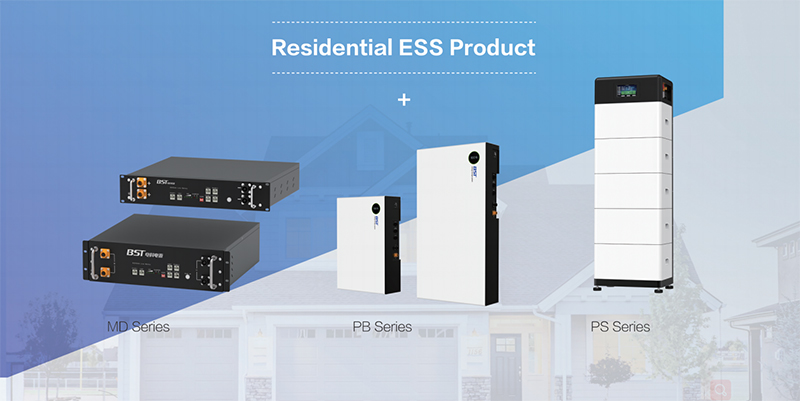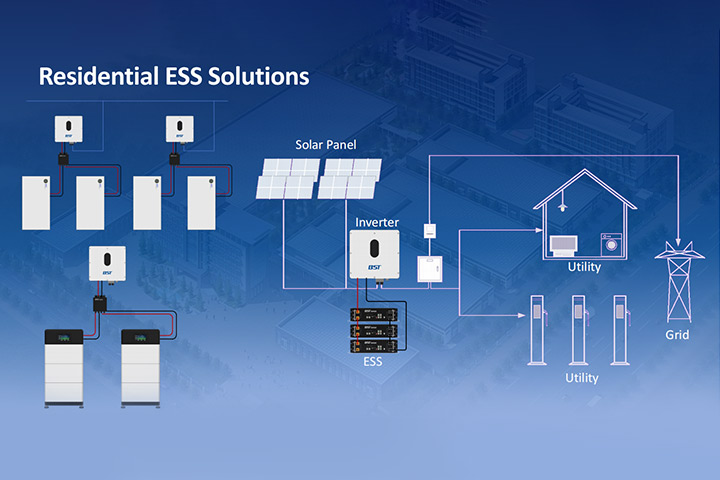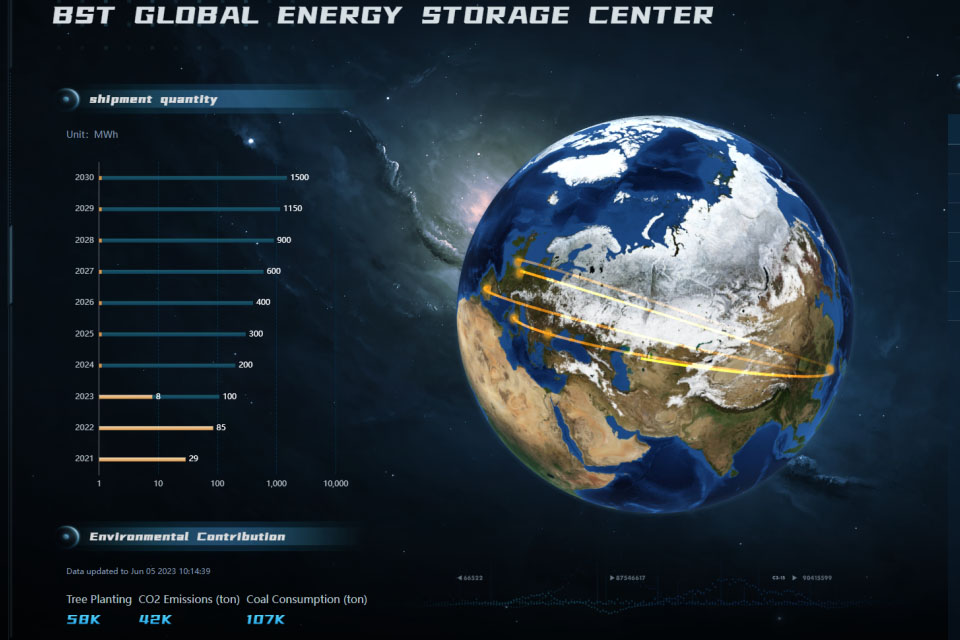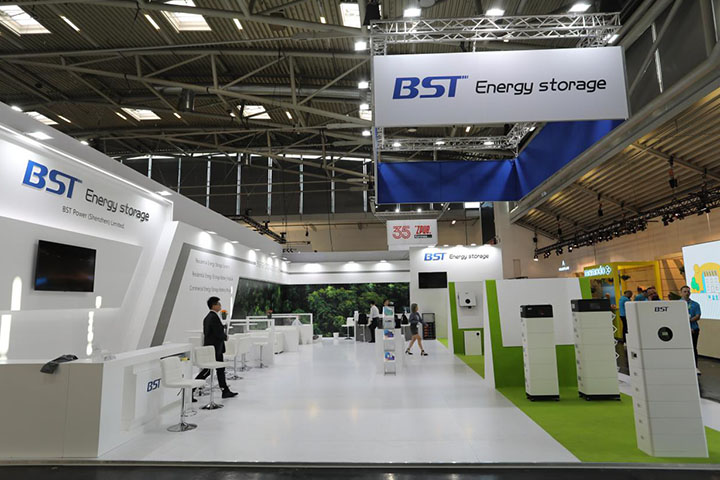As electricity prices soar and power outages become more frequent, home energy storage systems are gaining popularity among homeowners worldwide. At the core of every efficient storage solution is a high-quality lithium battery. Choosing the right lithium battery system is not just a technical decision—it’s a long-term investment in your home’s energy independence, cost savings, and sustainability.
In this guide, we’ll explore how to choose the best lithium battery for your home energy storage project by evaluating the most important factors, backed by practical insights and SEO-optimized answers to common user queries.
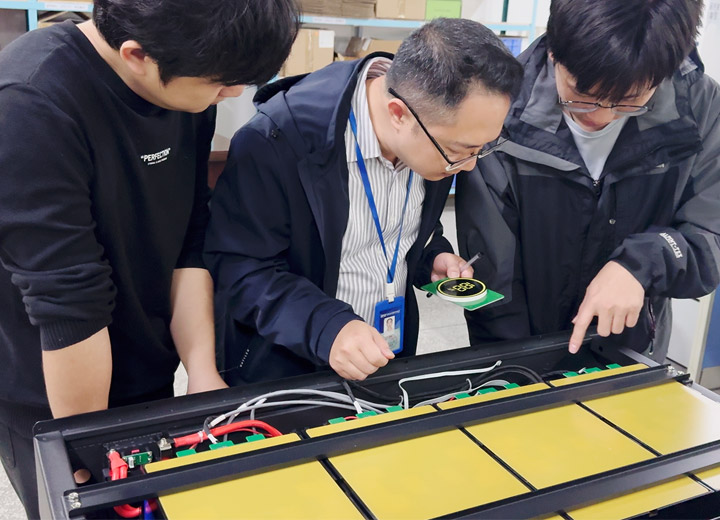
🔋 Why Lithium Batteries Are Ideal for Home Energy Storage
Compared to traditional lead-acid batteries, lithium-ion batteries—especially LiFePO4 (Lithium Iron Phosphate)—offer:
- Longer lifespan (up to 10+ years)
- Higher efficiency
- Compact size
- Fast charging
- Enhanced safety
They are the preferred choice for modern residential energy storage systems, especially when paired with solar panels.
✅ 1. Choose the Right Battery Chemistry: LiFePO4 vs NMC
Two main types of lithium battery chemistries dominate the home storage market:
| Battery Type | LiFePO4 (LFP) | NMC |
|---|---|---|
| Safety | Excellent | Moderate |
| Lifespan | 4000–6000 cycles | 2000–3000 cycles |
| Cost | Slightly higher upfront | Lower upfront |
| Energy Density | Moderate | Higher |
| Stability | Very stable | Less stable under stress |
For most homeowners, LiFePO4 batteries offer superior safety, longer service life, and lower maintenance costs—making them the better long-term investment.
⚡ 2. Calculate the Right Battery Capacity (kWh) for Your Needs
To choose the right capacity:
- Estimate your daily energy consumption (typically 10–30 kWh for an average household)
- Consider whether you want full backup, solar self-consumption, or off-grid capability
- Add a buffer for future energy needs (e.g., EV charging, more appliances)
Look for systems with modular capacity options, so you can expand later without replacing the whole setup.
🔌 3. Understand Power Output Requirements (kW)
While capacity tells you how much energy the battery can store, power output determines how many appliances it can run simultaneously.
- Continuous power (kW) should match your household’s peak load
- For backup use, ensure the system can handle high-demand devices like HVAC, refrigerators, or water pumps
🔁 4. Look for Scalability and Modularity
A good lithium battery system should grow with your needs.
- Choose stackable or modular battery packs
- Confirm they support easy future expansion
- This ensures compatibility with solar system upgrades or added appliances
Scalability helps future-proof your investment.
🔋 5. Check Voltage Compatibility: Low vs High Voltage
- Low-voltage batteries (48V): Safer and ideal for small to mid-size systems
- High-voltage batteries (100V–600V): More efficient and suitable for larger loads or hybrid inverters
Always match your battery’s voltage with your inverter’s requirements to avoid performance issues.
🧠 6. Evaluate the Battery Management System (BMS)
A smart BMS protects the battery from:
- Overcharging and deep discharge
- Overheating or short-circuiting
- Cell imbalance
Choose a system with advanced BMS technology, remote monitoring, and mobile app integration for real-time performance tracking.
🛡️ 7. Prioritize Safety & Certifications
Ensure your battery complies with international standards such as:
- UL1973 / UL9540A
- IEC62619 / CE / UN38.3
- IP65 or higher for outdoor use
Safety-certified batteries reduce fire risk and ensure stable performance in all environments.
🏠 8. Indoor vs Outdoor Installation Options
- Indoor systems: Require ventilation and space but offer stable temperature environments
- Outdoor systems: Must be weatherproof and rated for temperature extremes (IP65+ recommended)
Choose based on your available space and local climate conditions.
🛠️ 9. Manufacturer Reputation and Support
Work only with brands that offer:
- 10+ year warranty
- Proven track record in battery production
- Professional customer support
- Global service network or local partners
Look for reviews, case studies, and certifications when choosing a lithium battery supplier.
💰 10. Analyze Price vs Performance
Don’t just choose the cheapest option. Evaluate:
- Cost per usable kWh
- Warranty period and cycle life
- Ease of integration
- Availability of after-sales support
A well-priced, durable lithium battery with high round-trip efficiency will deliver more savings over time.
✅ Summary: Key Takeaways for Homeowners
| Factor | What to Look For |
|---|---|
| Battery Type | LiFePO4 |
| Capacity | Based on daily usage and backup needs |
| Power Output | Match to household peak load |
| Voltage | Compatible with inverter |
| Safety | UL/CE/IEC certified |
| BMS | Smart with remote monitoring |
| Brand | Reputable with warranty & support |
| Installation | Indoor/outdoor compatible |
| Scalability | Modular & future-proof |
| Value | Long-term ROI, not just upfront price |
🚀 Final Thoughts: Make a Smart, Sustainable Choice
A reliable lithium battery system can cut your electricity bills, provide backup power during outages, and help you live a greener lifestyle. But only if you choose the right one.
By focusing on safety, performance, scalability, and certified manufacturers, you can confidently build a storage system that fits your home’s energy needs—today and tomorrow.

Looking for a trusted lithium battery supplier?
Partner with a leading energy storage manufacturer offering LiFePO4 battery systems designed for residential use. Contact us today for a free consultation and customized system quote.
